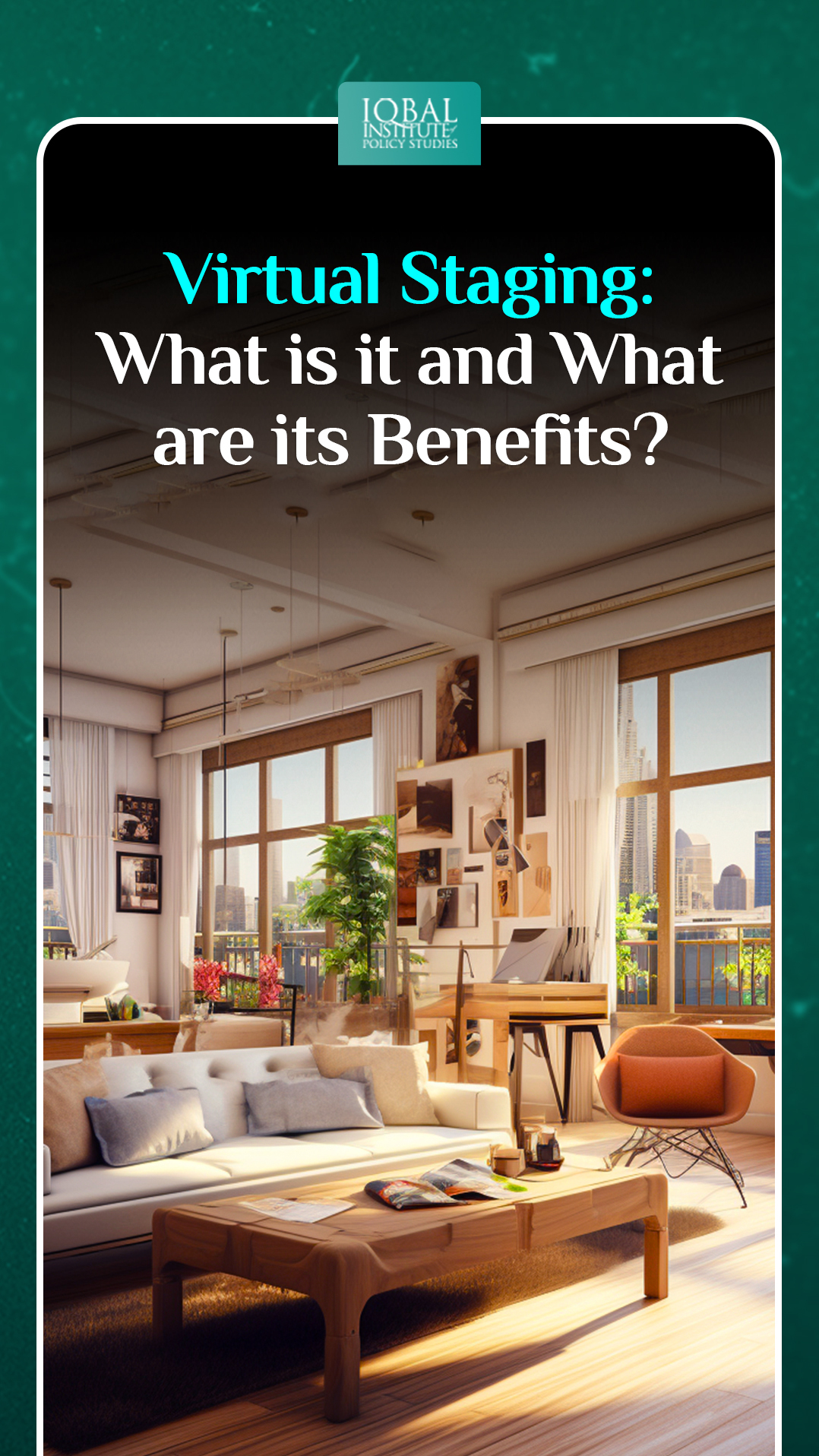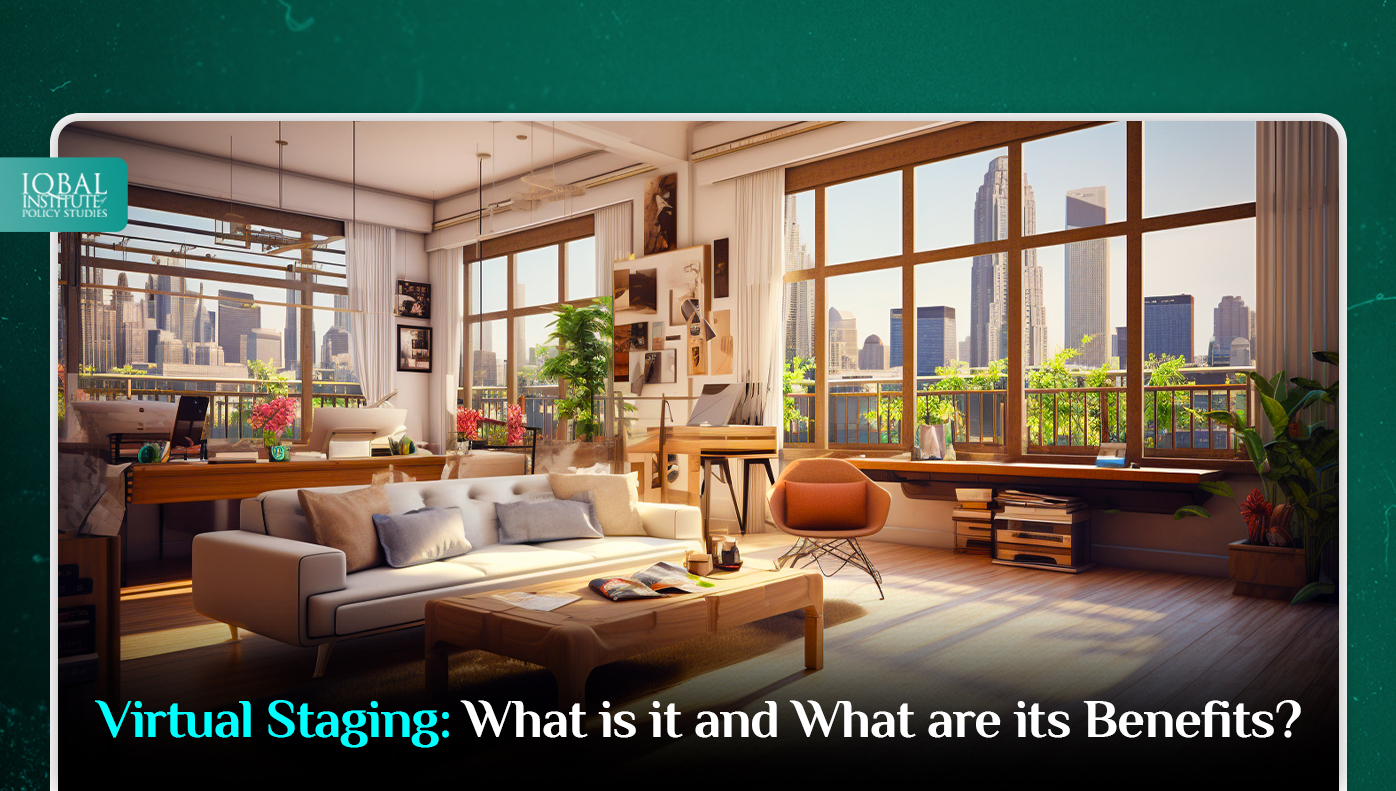Virtual staging is a revolutionary technology in the real estate industry that enables agents and agencies to stage properties quickly and affordably, eliminating the need to rent furniture or physically visit the property. By leveraging specialized software, virtual staging enables the creation of captivating representations of a property’s potential, enticing potential buyers and streamlining the marketing and selling process. In this article, we will explore what virtual staging is, how it is done, and the numerous benefits it offers to real estate agents, including enhanced first impressions, cost-effectiveness, time extension, versatile staging options, and the ability to maintain privacy. We will also discuss how virtual staging can be combined with traditional staging methods to maximize buyer engagement.
What is Virtual Staging
Virtual staging is a convenient and cost-effective staging option that involves real estate agents or professional stagers capturing photographs of rooms and utilizing specialized software to transform them into visually appealing and tastefully staged spaces.
This innovative technique breathes new life into spaces that were previously cluttered or lacking in appeal. Kitchens and offices can be transformed into organized and inviting areas, while vacant living rooms in new constructions can be adorned with tasteful decor, creating a cozy and welcoming ambiance. Through the use of 3D furnishings, strategic lighting, and skillful manipulation of shadows, virtual staging offers prospective buyers a captivating glimpse into the potential of a property.
Virtual staging benefits both agents and homeowners by enabling them to sell properties more effectively and efficiently, all while avoiding the stress and expenses associated with traditional staging methods. It provides an immersive experience for buyers, allowing them to envision themselves living in the home and making informed purchasing decisions. With virtual staging, the marketing and sale of properties become streamlined and cost-effective, revolutionizing the way real estate is presented and sold.
How Virtual Staging is Done?
To accomplish virtual staging, the following steps are typically involved:
- Acquiring quality photographs
- Reference images of desired design or style
- Attention to detail
- Virtual staging software
Using the software, stagers can select furniture pieces, arrange them in the room, adjust their position and size, and even modify textures and colors to match the desired design scheme.
The final result is a transformed photograph that showcases a staged space, complete with furniture, artwork, rugs, and other embellishments. This visually enhanced image can then be used for marketing purposes, enticing potential buyers or renters with a captivating representation of the property’s potential.
Photograph
To begin the virtual staging process, stagers require high-quality photographs of the property. These photographs should ideally be taken by professional photographers who can capture the space from various angles and in the best possible light. Having professional-grade images ensures a solid foundation for the virtual staging process.
Reference
Additionally, stagers rely on references provided by the homeowner or agent to guide the styling choices. The desired style, design preferences, and aesthetic vision are determined by the client. Virtual staging is most effective when the rooms are staged with carefully selected furnishings, tasteful decor, optimal lighting, and a well-thought-out layout. By considering the client’s preferences, stagers can create virtual stages that align with their vision and resonate with potential buyers or renters.
Scale, Lighting and Shadow
Virtual stagers possess a keen sense of scale, lighting, and shadows to achieve a lifelike appearance in their virtual staging work. Some stagers may have formal education or certifications in architecture, interior design, and photo-editing software, enhancing their expertise in these areas.
Software
To execute virtual staging, stagers utilize professional photo-editing software such as Photoshop and InDesign. These tools allow them to meticulously manipulate images, ensuring accurate scale, realistic lighting effects, and properly placed shadows. Some stagers also utilize specialized virtual staging software that provides access to a library of photorealistic furnishings, some of which can be purchased by potential homebuyers.
How can Virtual Staging benefits Real Estate Agent
Virtual staging offers several benefits to real estate agents, including:
Enhanced first impressions
Virtual staging creates visually appealing and inviting spaces, leaving a positive and lasting impression on potential buyers. This increases the likelihood of attracting more interest and leads to more in-person viewings.
Cost-effectiveness
Compared to traditional staging, virtual staging is a cost-effective alternative. Traditional staging involves renting or purchasing furniture, hiring movers, and ongoing maintenance costs. Virtual staging eliminates these expenses, making it a more affordable option for agents.
Time extension
When dealing with a property that is dirty, cluttered, poorly decorated, or vacant, virtual staging allows agents to buy homeowners more time to clean up and prepare the space. Instead of rushing to stage the property physically, agents can initiate the virtual staging process while necessary cleaning and organizing tasks are being completed.
Versatile options
Virtual staging offers an array of possibilities for preparing a home for sale. Agents and virtual stagers can easily stage a property in various decor styles, ranging from modern to traditional to bohemian, providing flexibility to cater to different buyer preferences. The use of 3D furnishings and decor catalogs allows for endless options to create appealing and personalized visual representations of the space.
A Glimpse into Future
Virtual staging offers a glimpse into a potential future for homebuyers, allowing them to envision the possibilities and appeal of living in a particular home. By digitally enhancing the space, virtual staging helps buyers visualize how the property could look with their own furnishings and personal touch, igniting their imagination and emotional connection to the space.
Furthermore, virtual staging enables the elimination of items that may be off-putting to certain buyers. It provides an opportunity to remove or replace items such as fur coats, leather boots, or excessive children’s toys, creating a more neutral and universally appealing environment that can attract a broader range of potential buyers.
Maintain Privacy
Another advantage of virtual staging is the ability to maintain privacy. Personal items that may reveal sensitive information or be a privacy concern, such as personal photographs, degrees, certifications, and valuable family heirlooms, can be digitally concealed or removed from the virtual staging. This ensures that the online representation of the property presents a clean and neutral canvas, respecting the privacy of the current homeowner while allowing potential buyers to focus on the space itself.
Conclusion
In conclusion, virtual staging offers real estate agents a powerful tool to showcase a property’s potential and provide potential homeowners with a glimpse of their future living space. By digitally enhancing and furnishing photographs, virtual staging enables agents to create visually appealing representations of a property’s possibilities.
While virtual staging is highly advantageous on its own, combining it with traditional staging can further enhance the overall impact. Physical staging provides a tangible and immersive experience for potential buyers, allowing them to fully appreciate the ambiance and functionality of a professionally staged property. By supplementing traditional staging with virtual staging, agents can leverage the benefits of both approaches, maximizing the visual appeal and buyer engagement.
This article is written by Waqar Ahmad. Waqar is a research analyst at the Iqbal Institute of Policy Studies (IIPS).



Leave a Reply